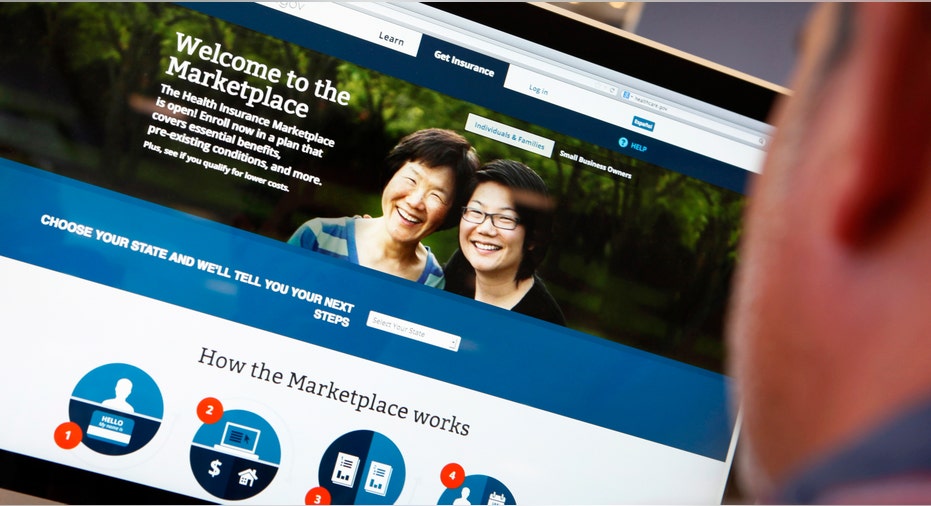Even Highly-Educated Millennials Struggle with Healthcare.gov

The federal insurance marketplace, healthcare.gov, has been functioning properly for months following its botched rollout in October, but that doesn’t mean the site is easy to navigate—even for “smart millennials.”
Leading up to the Affordable Care Act’s first enrollment season, President Barack Obama continuously touted that the federal insurance exchange would be as easy to use as Amazon.com.
But a new study from the Annals of Internal Medicine released Tuesday shows even highly-educated young adults had difficulty navigating the federal exchange.
Researchers from the University of Pennsylvania looked at 33 young professionals, ages 18 to 30 and “highly educated,” over three months from January through March 2014. This was after many of the site’s initial glitches were smoothed over.
The participants explained their thoughts about the decisions they were making in regard to health care in real time to the researchers, and they often felt stumped.
The participants were challenged by poor understanding of the terms used on the website, had trouble matching their preferences with plans and felt the amount of information was overwhelming.
National Center for Policy Analysis Senior Analyst Devon Herrick says the exchange was meant to be a one-stop-shop for insurance, in the vein of websites like Ortbiz or Kayak.
“Those are commercial sites; the more you click, the more you theoretically buy,” Herrick says. “They have really great algorithms. On the exchange, there are none of these features to bring in ‘it’ people.”
In the case of the ACA, “it” people would be young enrollees ages 18 to 34. The exchanges did wind up bringing in more than 8 million people in year one with 35% being under age 35, but Herrick says this report shows the exchange wasn’t well tested and designed for its inaugural open enrollment period.
“It looks nothing like what it would look like for a commercial firm to sell insurance,” he says.
Ahead of the next open enrollment period, the research report says the federal government should consider providing better and more accessible explanations of insurance terms, and emphasize inclusion of preventative primary care services at no additional cost.
In addition, the report says insurance choices should be tailored to consumer preferences in the same way Amazon.com suggests products. Also, better explanations and presentations of qualified insurance plans, which include potential government subsidies and cost-shared plans, would help young adults, the report concludes.
Finally, researchers suggest renaming the “catastrophic plan” for those ages 30 and under who have hardship exemptions. This term was also confusing for young shoppers on the exchange.
Herrick says he is more optimistic that the government exchange will have fewer issues in November for the second enrollment period.
“I suspect the glitches and things that didn’t work will be fixed—sooner or later things will work.”